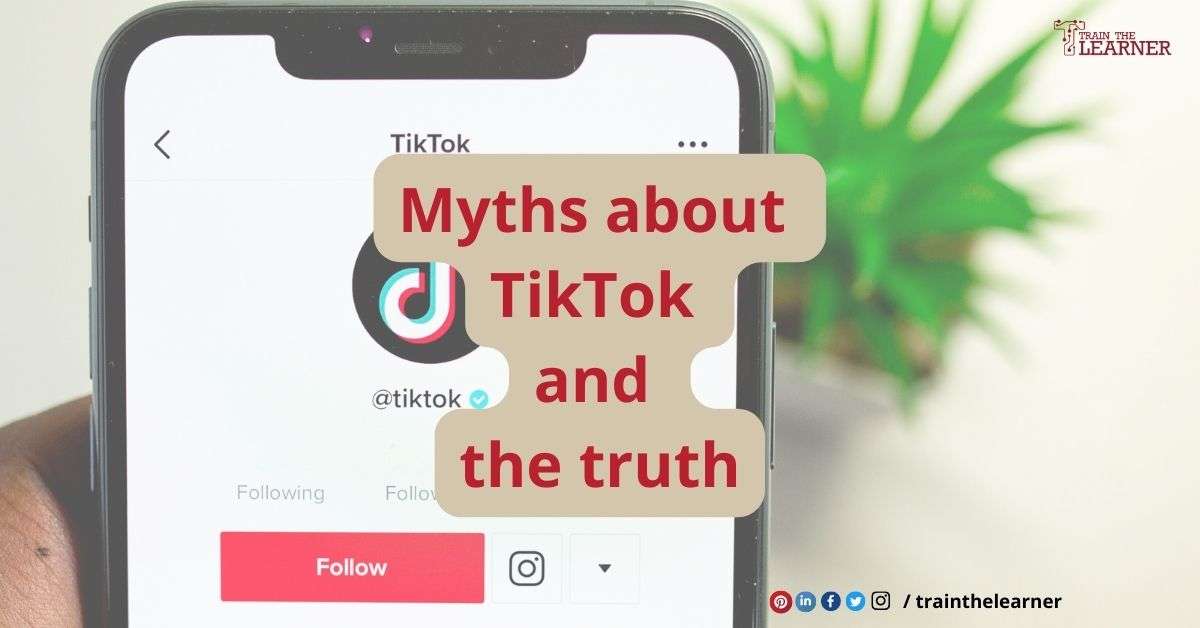TikTok is a Chinese social video-sharing app with one billion active users worldwide. TikTok has become a trend among individuals of different age groups, specifically youth.
In this era, where depression surrounds eight (8) out of every ten (10) individuals, watching some funny videos could benefit mental health. Since the launch of the app, it has been popular among its users. Over a short span, there is a significant rise in usage and demand. But, besides its popularity and rising markets, a few misconceptions surround it.
We will narrate about TikTok in this article and the reality behind it. Following are some of the misconceptions about the platform. Please read this article to the end for a productive outcome.
Tiktok as useless media:
Like Facebook, Snapchat, WeChat, Instagram, and other social apps, one can sense TikTok as a platform for entertainment. It provides fun, but there can be various reasons for using the application other than entertainment.
For instance, to maintain good relations between the brand and its audience, some compitanies are using TikTok.
TikTok has many tricks, tools, and advanced features for creating challenging campaigns per today’s marketing strategies. These marketing strategies increase customer engagement, and customers get quickly involved in branding.
Brands can increase their visibility on the platform by engaging in a TikTok trend. Many companies are not considering TikTok as a useless platform anymore. Instead, they are more involved on TikTok and other social media platforms for brand promotion and marketing. Moreover, considering the active users, one should consider shifting marketing and branding on TikTok.
Age-restricted app:
There is a misconception that TikTok targets Gen Z*, making everyone think this app is for youngsters. It is no doubt in saying that the app attracts youth more than elders. However, according to one study, more from Gen Y are shifting towards platform usage.
TikTok can cater to an audience of different ages. More and more elders are breaking the ageist stereotype by joining the platform as a content creator daily.
High numbers of followers:
TikTok does not have similar algorithms as Facebook and YouTube. With few followers, sometimes, a creator can attain high engagement because the statistics are independent of it. Users’ search history and the content they interact with are essential tools. So, the creator has to work on the content’s quality, making it valuable to appear on others’ feeds.
Dancing is the only way to run a business on TikTok:
As mentioned above, TikTok is not only limited to spending leisure time. However, dancing is one of the easiest ways of content creation, and many creators use this strategy widely, but there are various other options as well.
Content creators can add appropriate hashtags (#) to increase audience and spread educational and business content. Other strategies could also expand the audience.
For instance, #TikTokUni is one hashtag for spreading educational content.
Might be of your interest How to make money Online?
An expensive recording tool is mandatory to carry-on content creation:
Instead of premium quality, only a few tools are necessary to record a video. The minimum requirement is a mobile phone with a good quality camera, tripod, voice recording mic, and lighting setup. If anyone has these tools, he is good to go.
Promotion is expensive on TikTok:
Promotion on TikTok could be of two types: free and paid. In paid ones, creators are supposed to undergo advertisements with bloggers to attract the public. For paid promotions, creators have to pay a specific fee. On the other hand, in free promotions, creators can use hashtags, audio trends, and TikTok challenges. These are some of the options to acquire engagement without paying anything.
Conclusion:
TikTok’s perception is different in the eyes of many. Many labeled TikTok as an entertainment app, but other than entertainment, one can also use it for productive things.
From marketing to entertainment, TikTok has many valuable features that could help businesses and creators positively.
KEY* :
-> Baby Boomers – Born between 1945 – 1964
-> Generation X – Born between 1965 – 1981
-> The Millennials or Generation Y – Born between 1982 – 1994
-> Gen Z, or the post-millennial generation – Born between 1995 – 2010
[This article is written by Habiba Shakeel during Train the Learner’s 4 weeks Training Program as an Article Writer]
Other Related Links:




